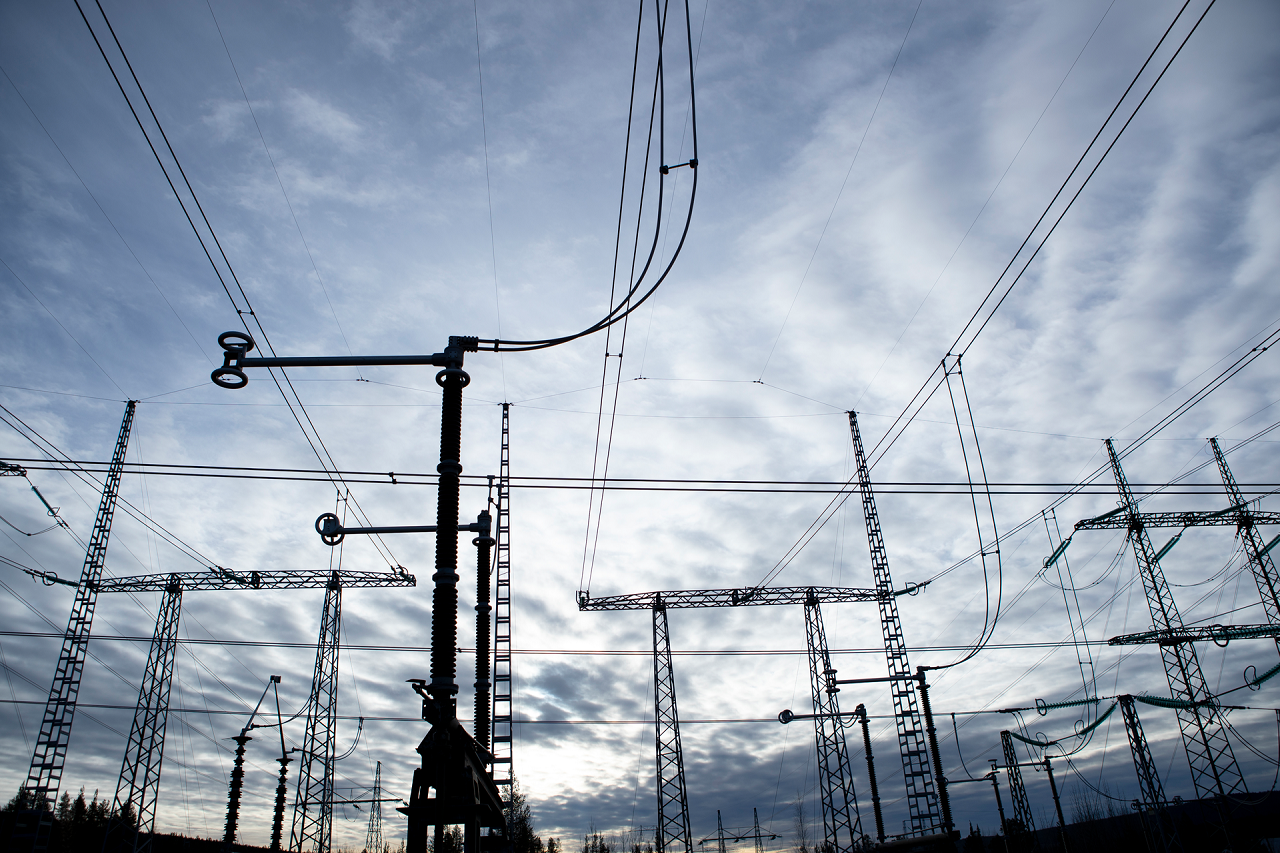
Five questions about... Applying for guarantees of origin
More and more renewable energy plants are being phased out of the EEG subsidy after 20 years. Operators then need an economic strategy for the continued operation of their park. The fact that plants are authorised to generate guarantees of origin after the subsidy period is helpful here. For most plant operators, the application process is still new. In our "Five questions" section, we therefore explain how the process works and what operators need to pay attention to.
December 2023
1. when do you need guarantees of origin (HKN) - and what are they anyway?
Provided that an EEG plant is still in good technical condition after 20 years, it can continue to be operated and the electricity generated can be marketed via continued operation contracts - also known as post-EEG marketing. Not only is the electricity remunerated, but also, as a "bonus", the guarantees of origin that prove the green characteristics of the electricity fed into the grid. The guarantee of origin itself is an electronic document that clearly certifies in which plant and when the electricity was produced - it is, so to speak, the "birth certificate" of a green megawatt hour. The HKN also ensures that this quality can only be sold once: Due to the double marketing ban in the Renewable Energy Sources Act, a plant operator cannot simultaneously generate HKNs and sell the electricity in subsidised direct marketing, as HKNs are generated exclusively for non-subsidised electricity. According to the Federal Environment Agency, an HKN is valid for 18 months from the time of generation, but can only be transferred and traded for 12 months. Energy suppliers that supply customers must therefore ensure that HKNs are cancelled and transferred in good time for use in electricity labelling.
2. How do you proceed if only some of the turbines in a wind farm are subsidised under the EEG?
As many mixed wind farms, i.e. wind farms with unsubsidised post-EEG and subsidised EEG turbines, only have one measuring device, things can get complicated: The production volumes of subsidised and unsubsidised turbines cannot be clearly delineated - after all, the operators were unable to foresee the effects of different commissioning years when planning the farms. A clear metrological separation between EEG and post-EEG plants by the grid operator is the most correct, but also the most expensive solution. However, there is also the option of dividing the total generation volume by tranches on a percentage basis, although it is only measured via one measuring device - also known as a market location. This is also known as tranche market location or tranche malo. The responsible grid operator, the system operator and the direct marketer must agree on these determinations. The quantities subsidised via the EEG and the wind farm's post-EEG quantities can then be billed separately and it is ensured that they are not included in a common balancing group.
It is important that plant operators deal with all important aspects relating to the continued operation and generation of HKNs at an early stage...
...which leads us to question 3: How does the operator obtain the guarantees of origin?
Plant operators must register with the Federal Environment Agency's Guarantee of Origin Register HKNR (www.hknr.de) for a fee and enter the master data of their plants. Finally, the operator applies for the transmission of generation volumes to the register by the grid operator. This means that the grid operator is the data provider for the quantities of electricity fed into the grid and the guarantees of origin generated. Detailed instructions can be found in the manual for the Guarantee of Origin Register (HKNR) at https://www.hknr.de/Uba/Home/Manual/3.
4. How are guarantees of origin transferred to direct marketers?
The Guarantee of Origin Register (HKNR) manual describes how operators transfer guarantees of origin to direct marketers such as Vattenfall. Alternatively, an operator can also nominate a service provider - such as their direct marketer - and have them carry out the transfers. To assign a service provider to your account and thus authorise them to carry out transactions in the HCNR, open the "Master data" menu and then the "Actor" submenu. Our account is called "Vattenfall Energy Trading GmbH (S)" and has the file number 72 230/4501. The "(S)" is important because we have many different accounts in the Vattenfall Group. As soon as everything is set up, we can transfer the HKNs ourselves as marketers. Important: The operator is still responsible for registering the account, allocating the relevant parks and turbines and communicating with the grid operator. If everything is set up correctly, the guarantees of origin are successfully delivered to the direct marketer in addition to the electricity volumes and remunerated according to the contractually agreed price for electricity and HKNs.
5. What happens to the HKNs?
As mentioned above, guarantees of origin are proof of the quantities of electricity fed into the grid from renewable energy sources that no longer receive subsidies. Energy supply companies that supply end customers with electricity must provide evidence of the sources from which the electricity is generated as part of the legally required electricity labelling. The energy supply company may only label electricity as renewable and show this on the electricity bill if it has also cancelled guarantees of origin in the register of guarantees of origin for the quantity supplied. As Vattenfall Energy Trading does not supply end customers, we usually transfer the guarantees of origin internally to our private and business customer sales organisation, Vattenfall Europe Sales, which offers corresponding green electricity tariffs. Due to the limited transferability (see question 1), energy suppliers must ensure that the HKNs are validated in good time when labelling electricity.
Do you have any questions about guarantees of origin, registration in the register of guarantees of origin or direct marketing with Vattenfall? Please get in touch with us!
<a class="arrow">renewables@vattenfall.de</a>